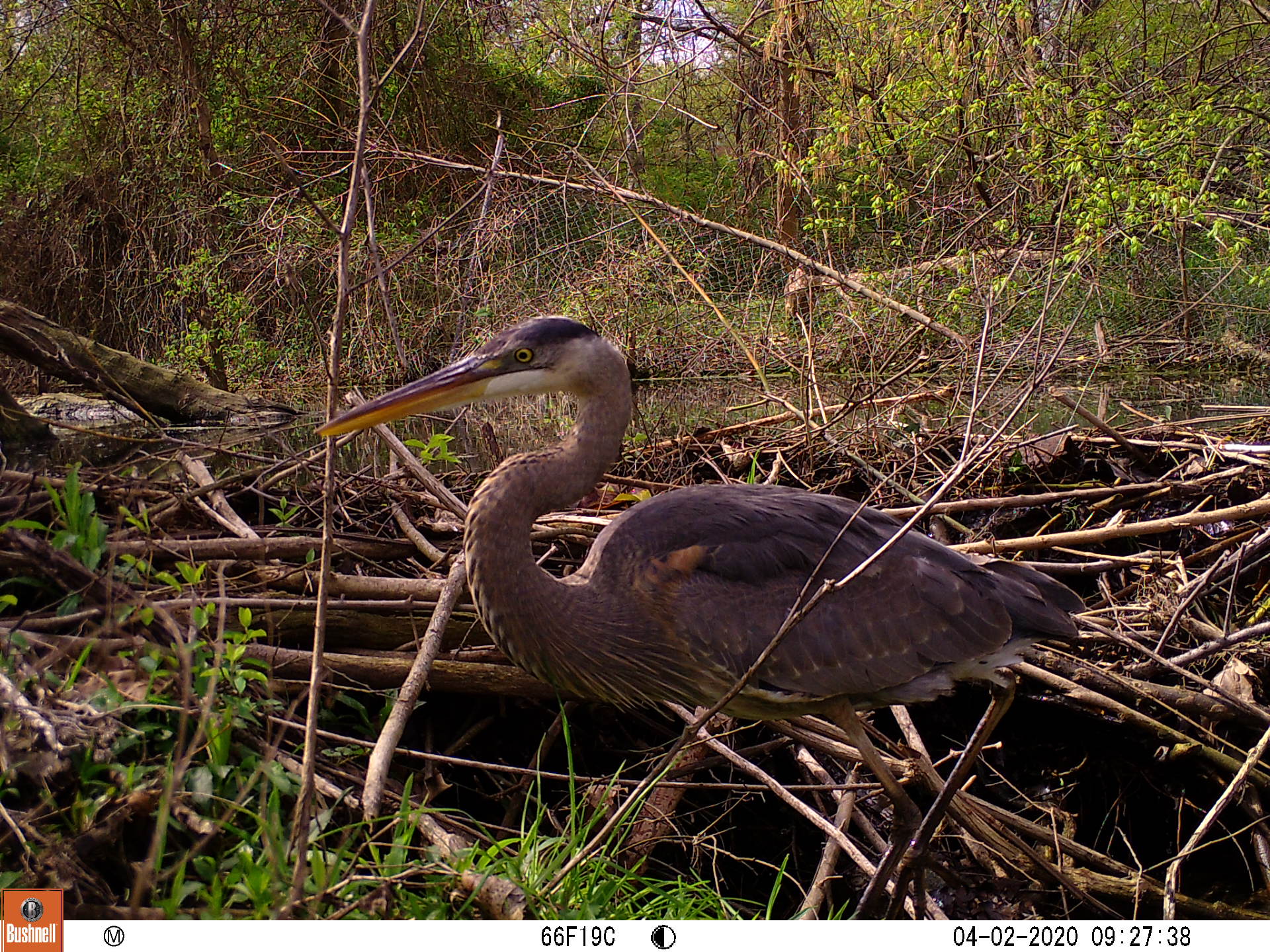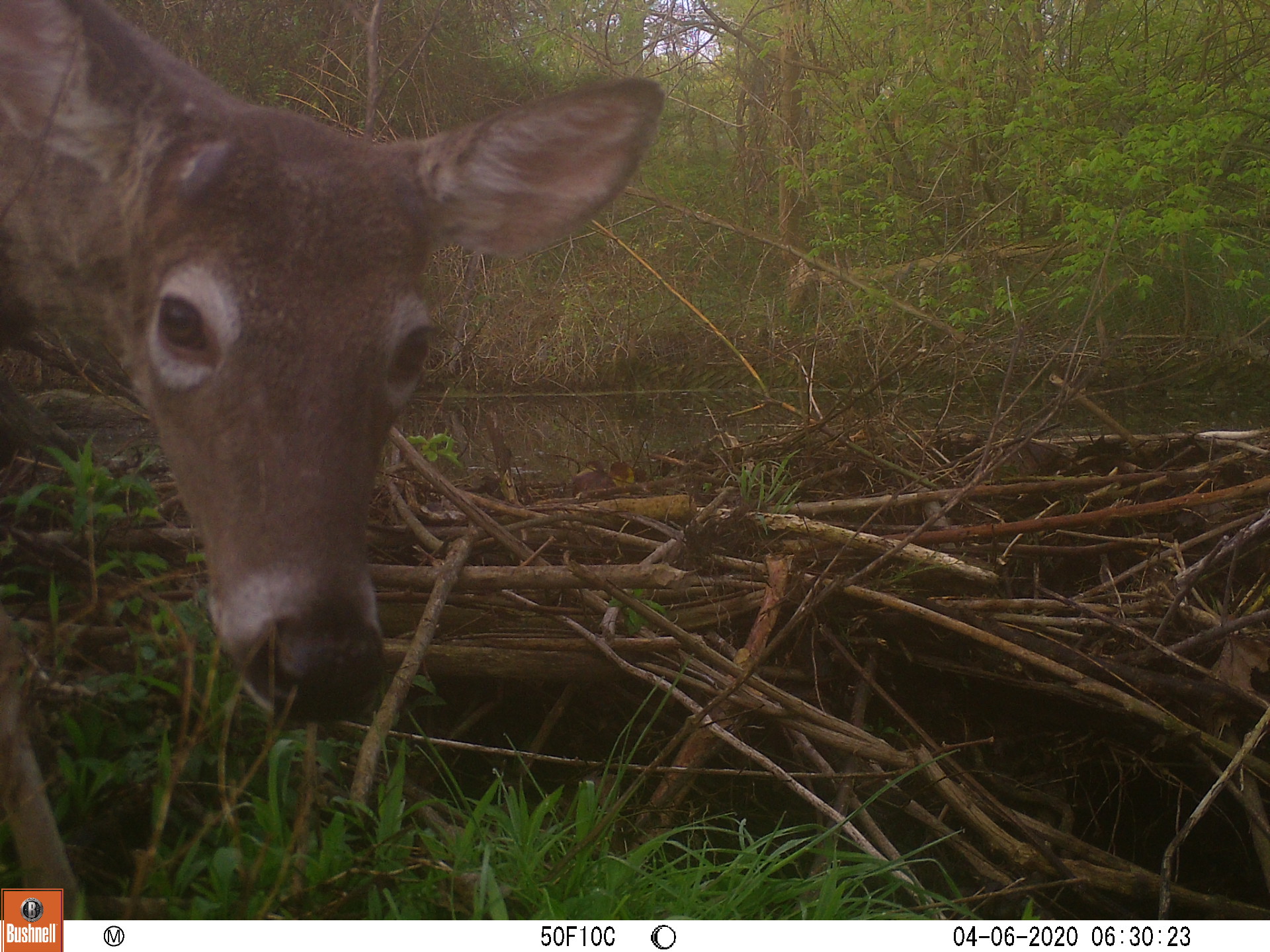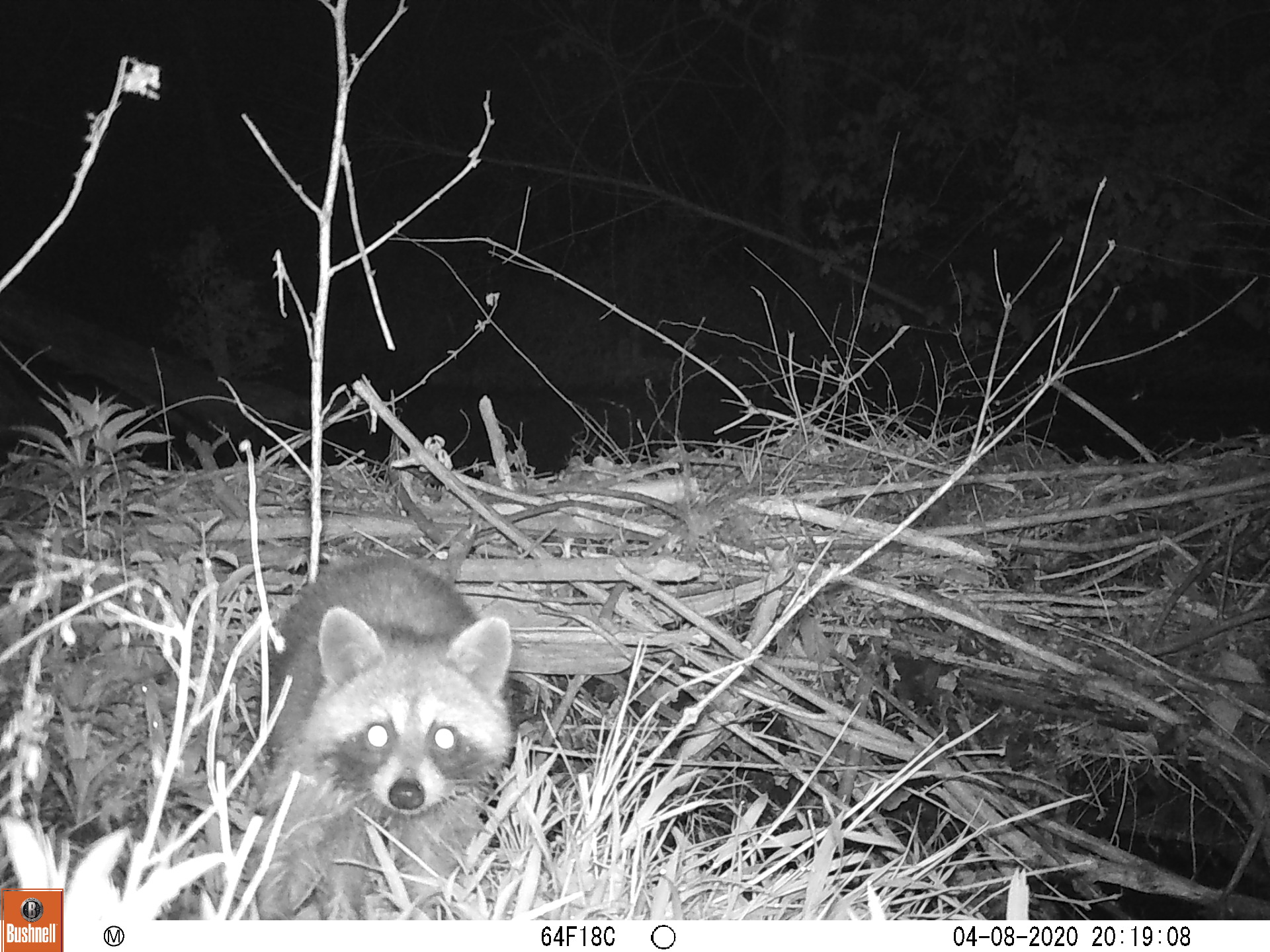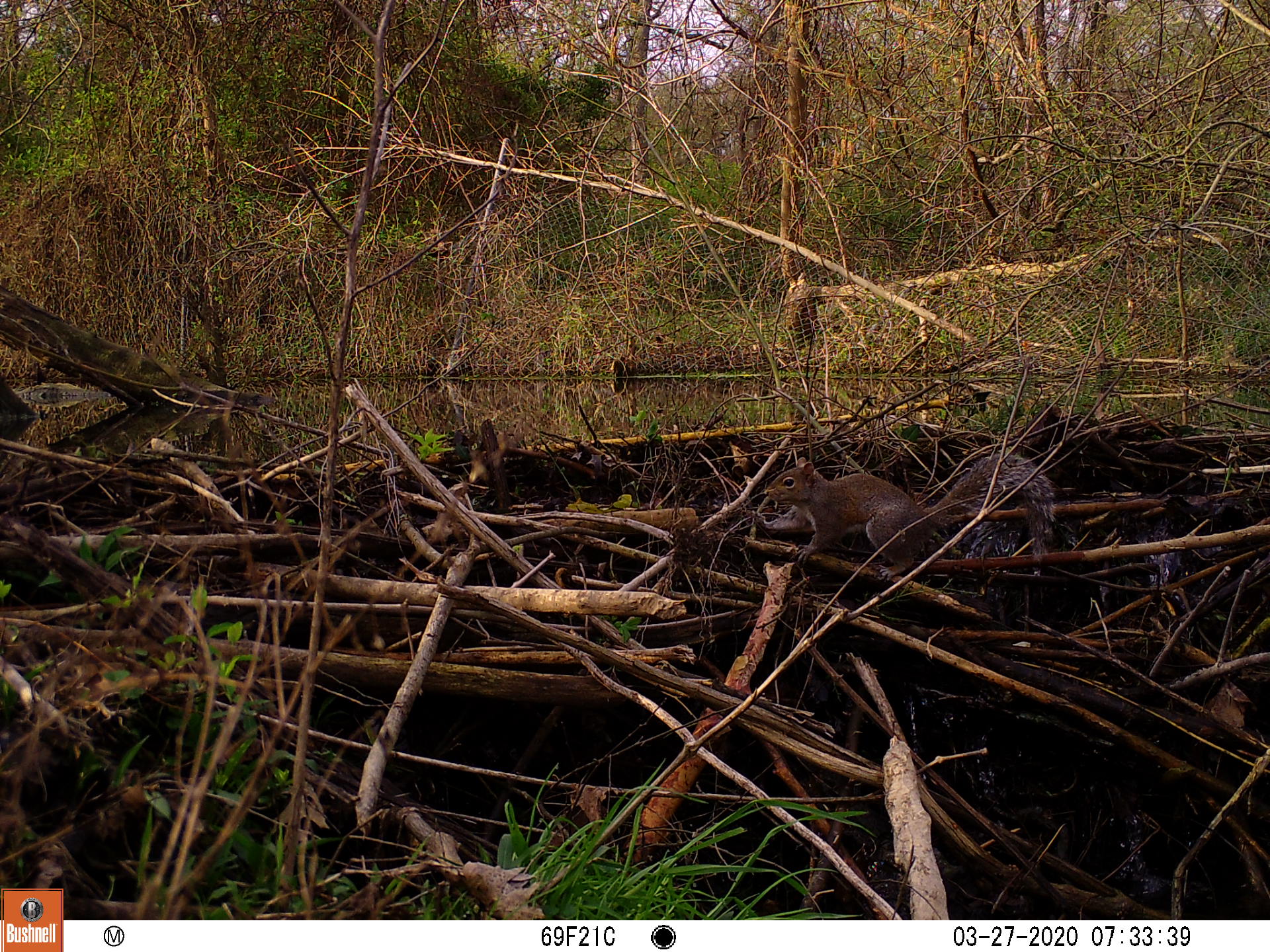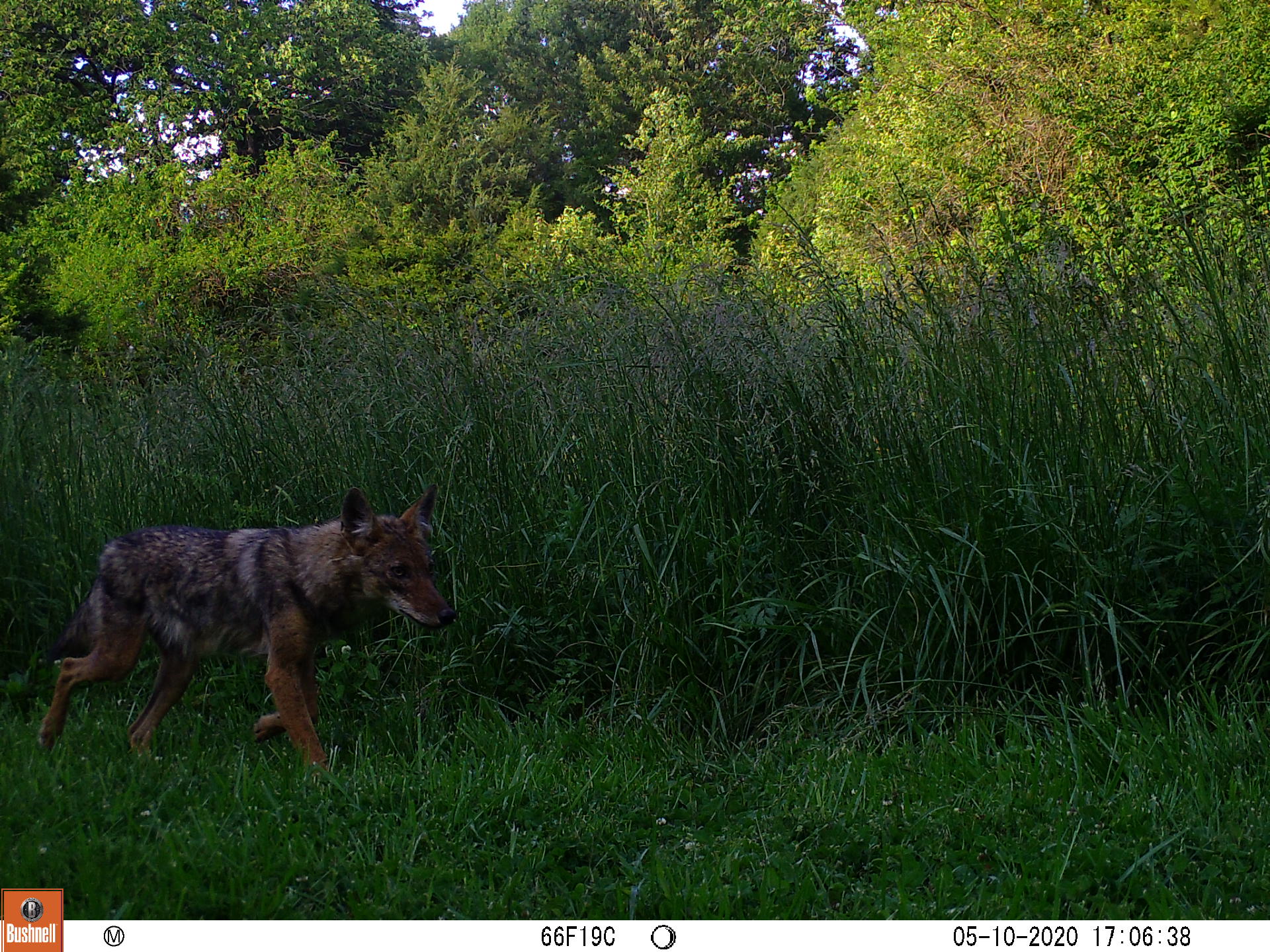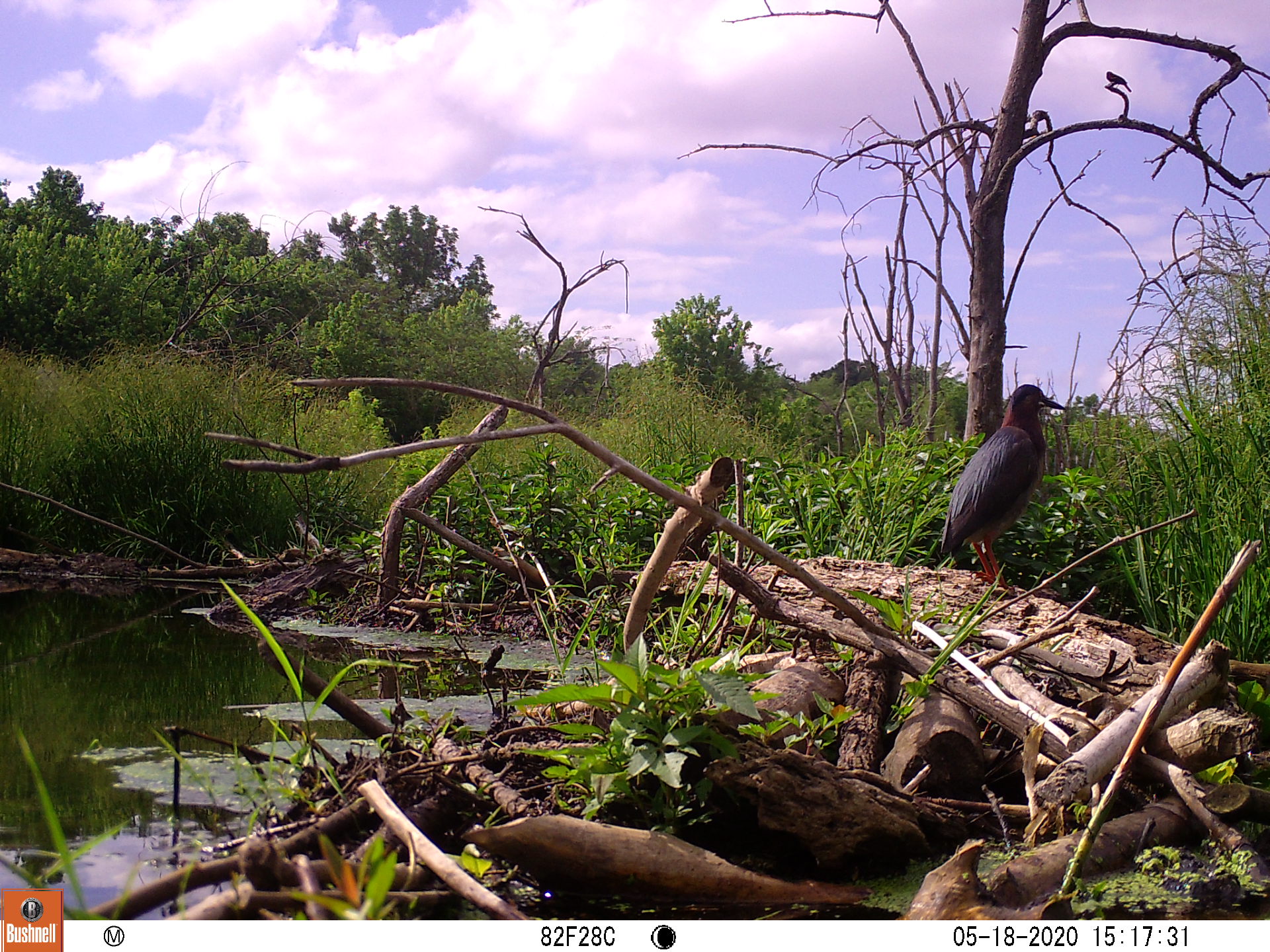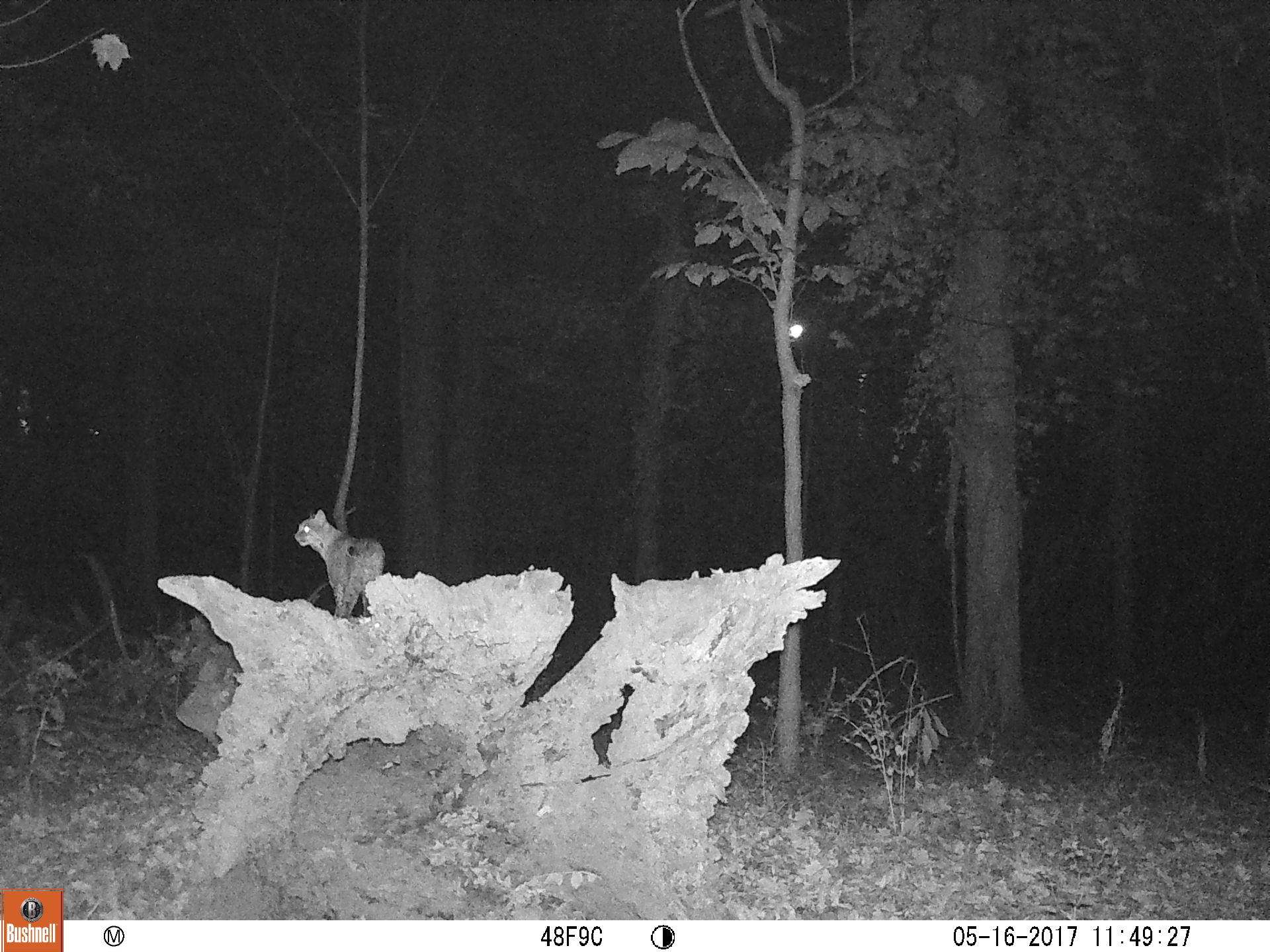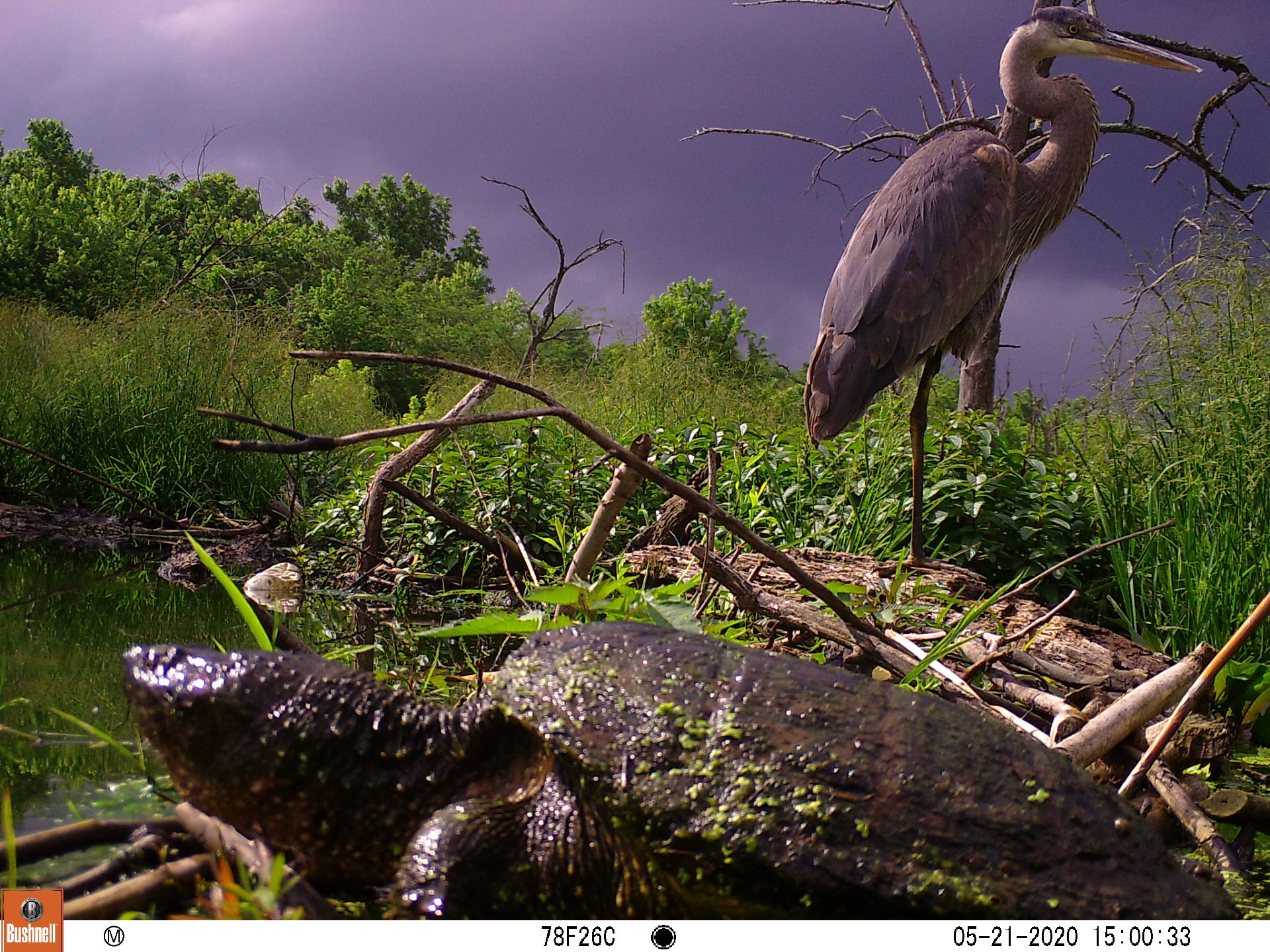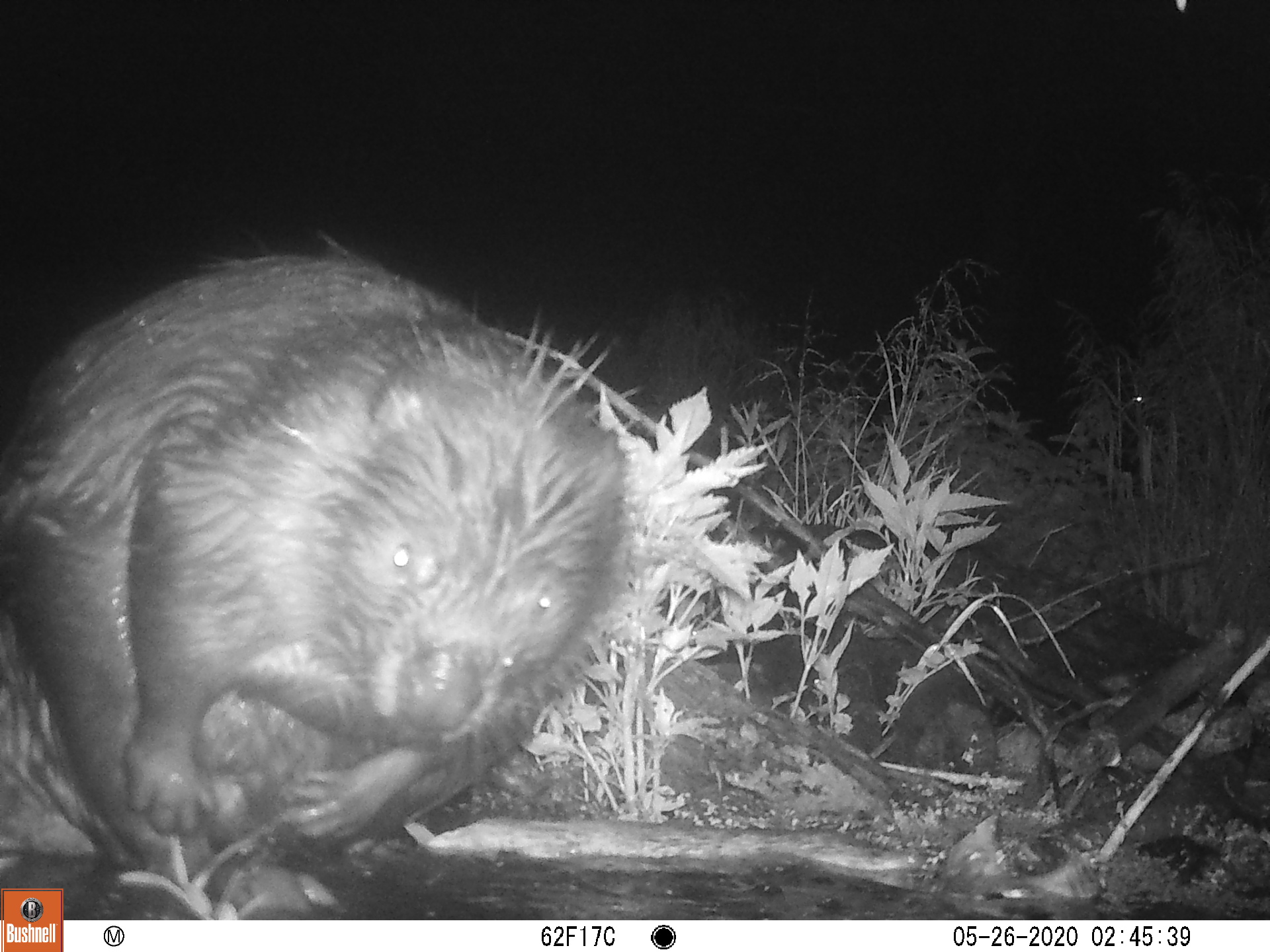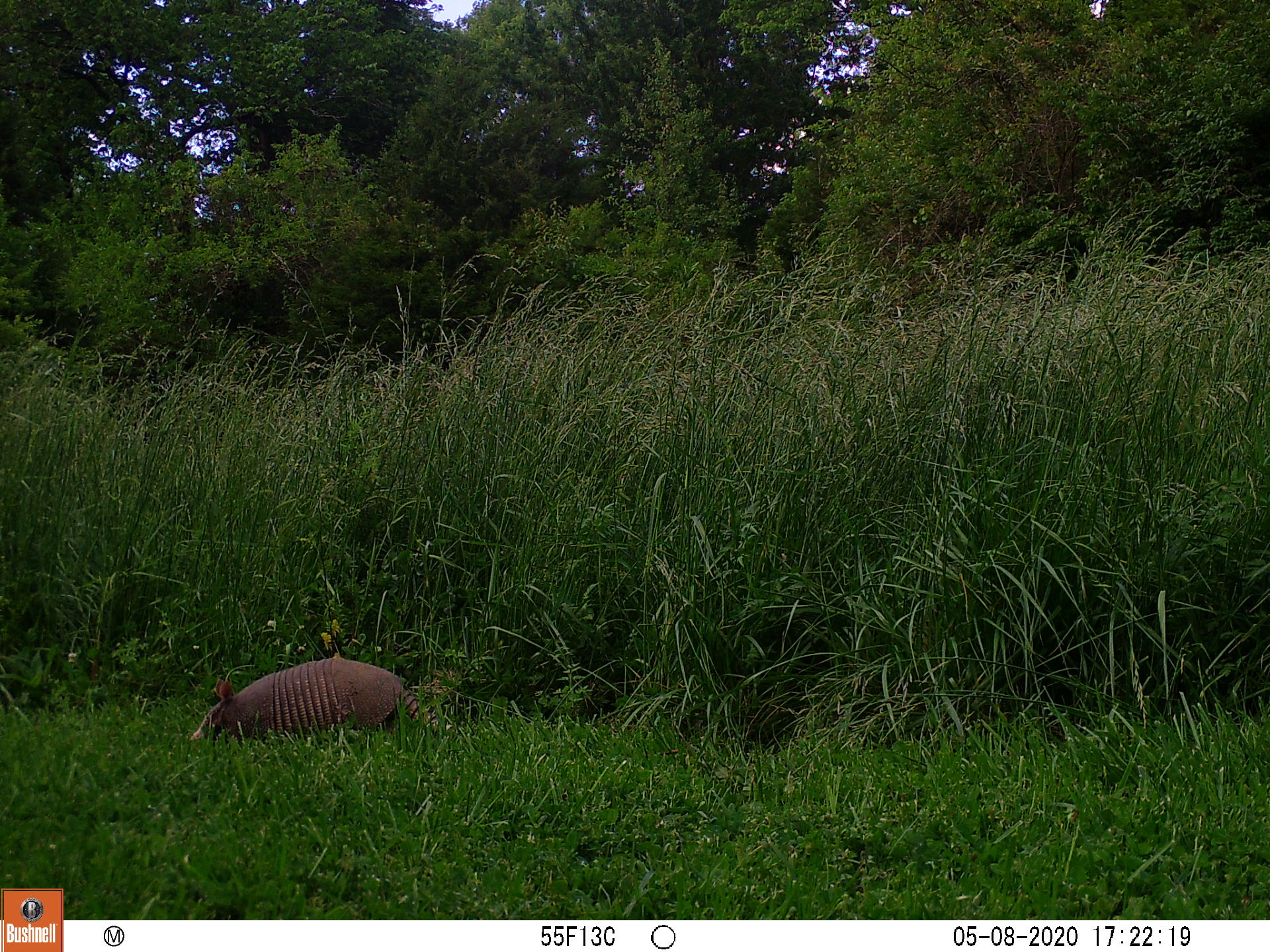Wildlife Cams: Look Who’s Been Enjoying Glen Leven Farm
When you manage a 64-acre farm, you never know what wild and furry friends you may meet along the way.
Thanks to the generous support of the Barbara J. Mapp Foundation, we recently used our new motion-activated wildlife camera to capture images of wildlife at The Land Trust for Tennessee’s Glen Leven Farm. These images not only help us understand the health of the natural ecosystems on the farm, they are capturing some great moments of animals in their habitats.
Here are a few of our favorite photos we’ve captured:
Great Blue Heron
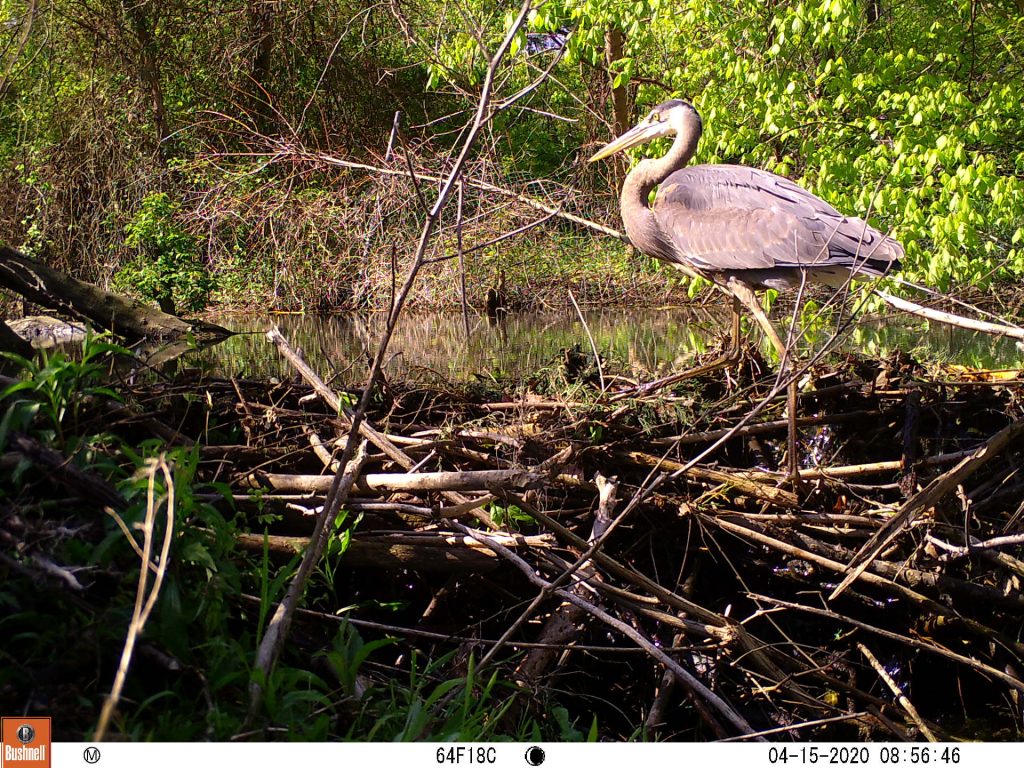
This frequent visitor to the farm is one of the largest herons in North America. Herons are often found near lakes and ponds hunting for their next meal. They eat fish, insects, amphibians, and occasionally other birds. Blue Herons are recognizable in flight by their s-shaped neck, which you can clearly see when looking at our feathered friend in this photo, as well as their large wingspan – up to six feet from tip-to-tip!
Beaver
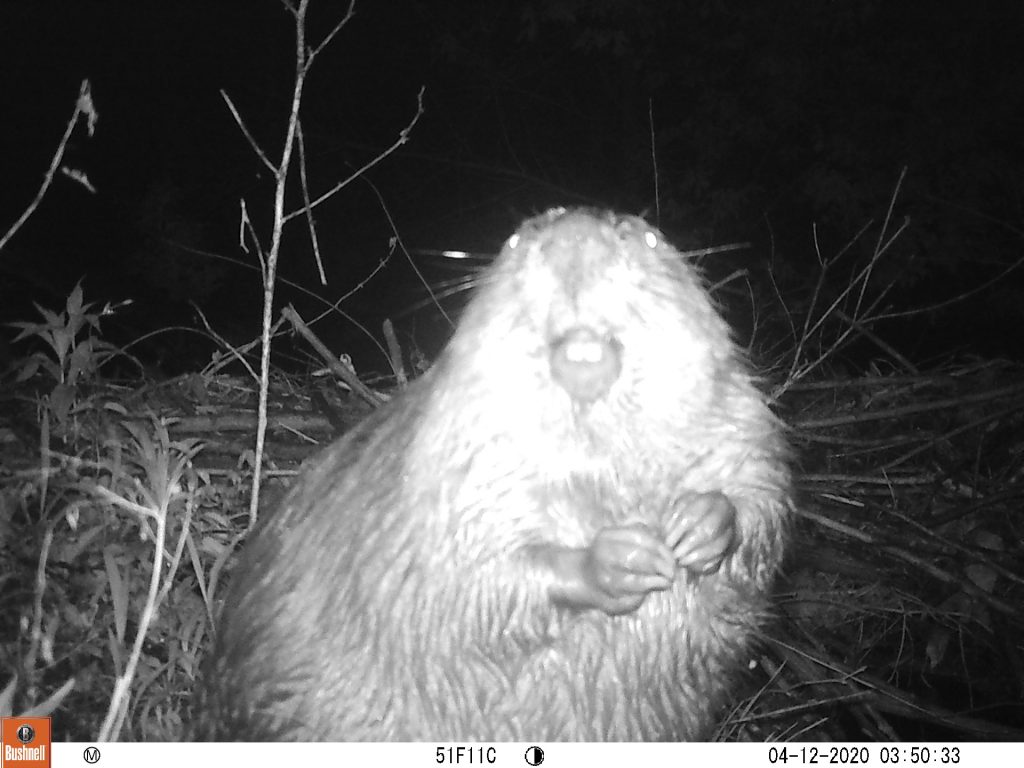
Who can resist this face? This beaver said ‘hi’ to our trail cam while recently visiting his secondary dam at Glen Leven Farm. Beavers are called ‘nature’s engineers’ because they can drastically alter an ecosystem by building dams, which often serve as their home. This creates large pools and ponds that provide a thriving habitat for other birds, mammals, and fish. It is exciting to see beavers thriving here because they often find it difficult to coexist with humans, especially in an urban environment.
Otter
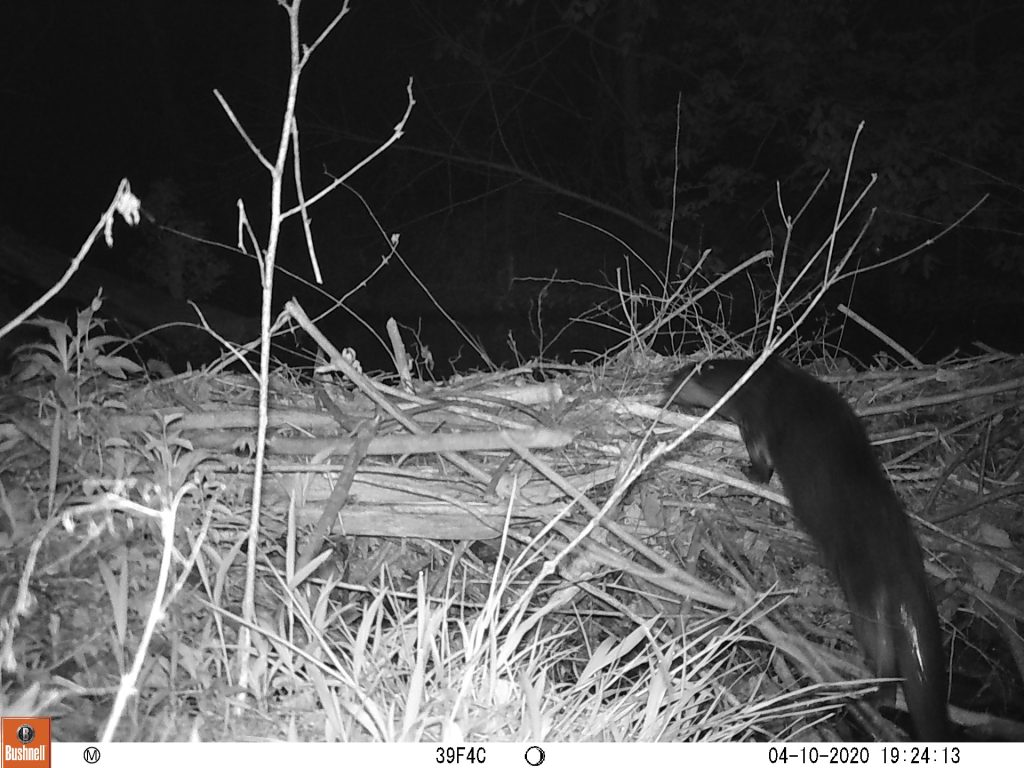
These amiable mammals may look innocent, but don’t be fooled! They are powerful predators with a strong bite and sharp claws. We caught this guy demonstrating his semi-aquatic lifestyle while climbing over the beaver dam. Otters, while very efficient swimmers, spend some of their time on land as well. They eat a variety of aquatic life, including fish and crayfish, in addition to amphibians, reptiles, small mammals, and even eggs. These playful creatures can hold their breath for eight minutes!
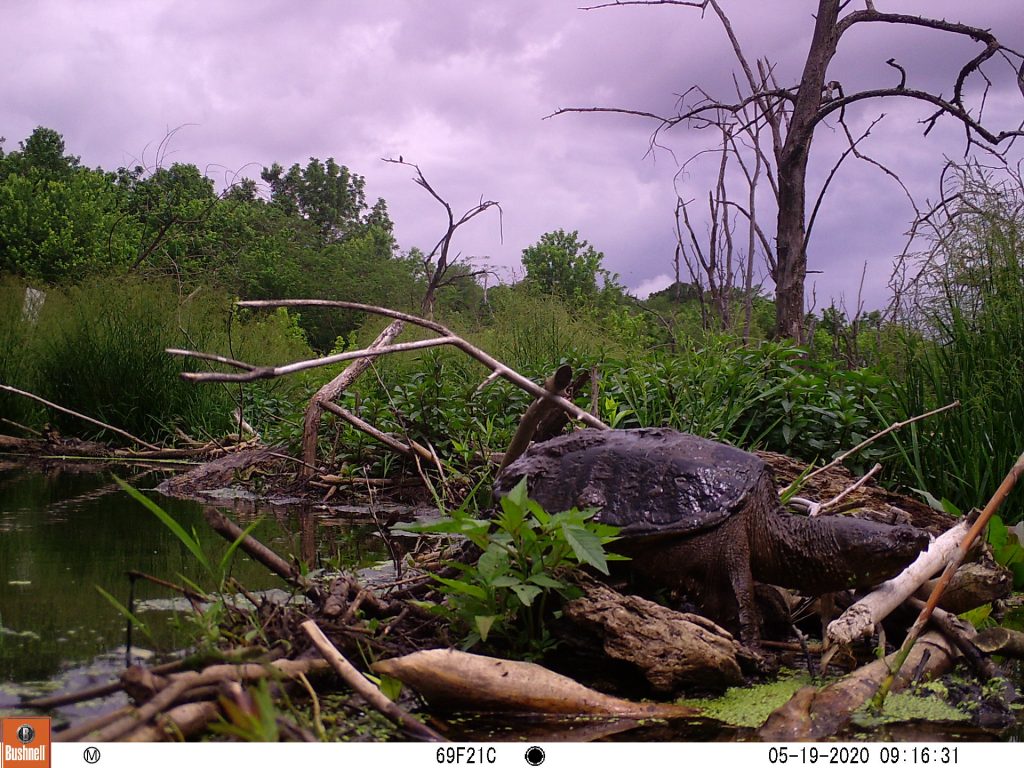
Snapping Turtle
Take a look at that neck! Snapping turtles are known for their long, flexible necks that move similar to a snake. This makes them very good at capturing their prey, and also means humans need to be careful approaching them on land. Another fun fact is that scientists think that snapping turtles can live to be 100 years old!
Do you have wildlife cameras set up around your home? Let us know what you have been seeing!
Special thanks to the Barbara J. Mapp Foundation for its continued support of our education programs and Glen Leven Farm.
